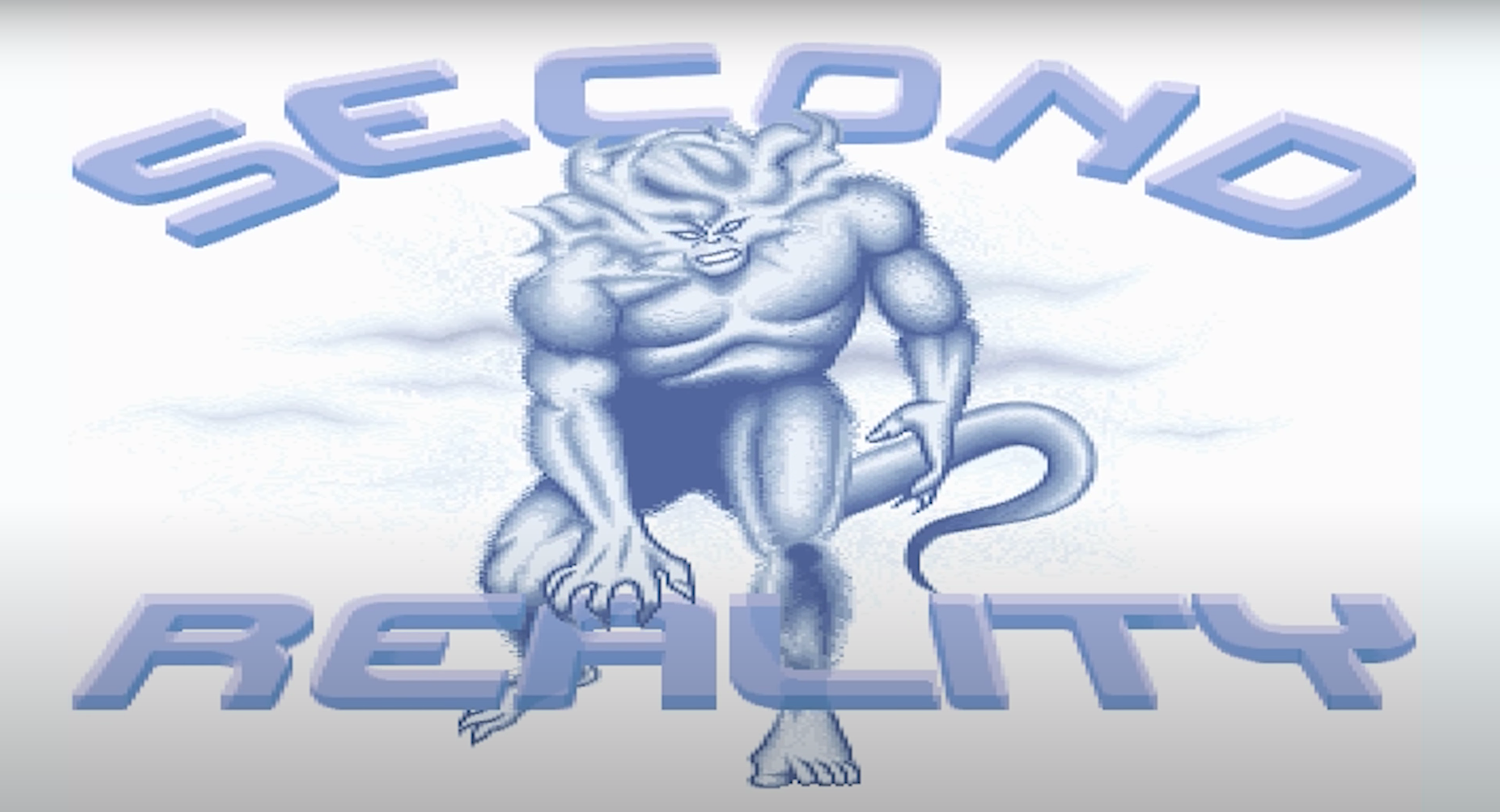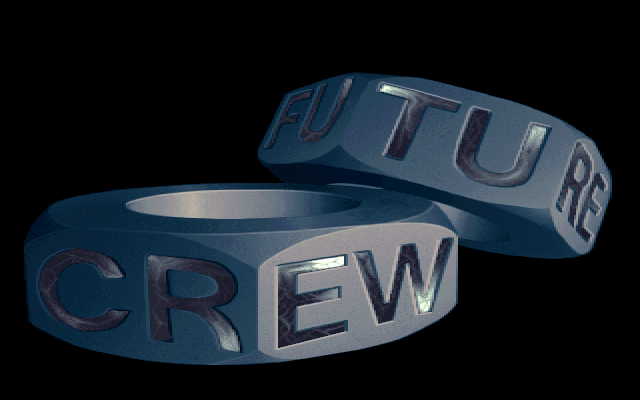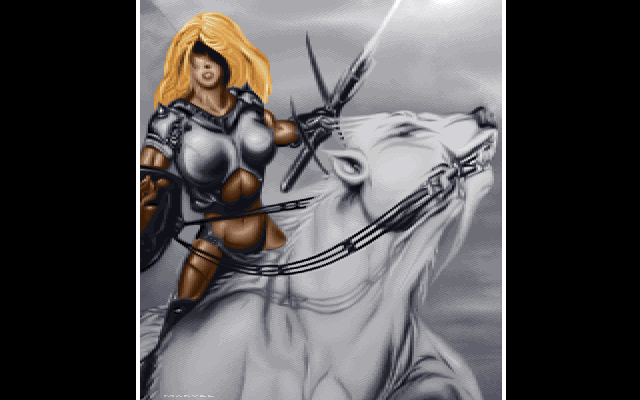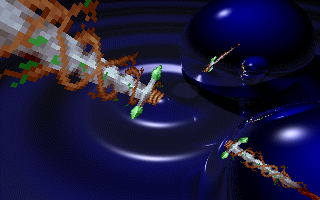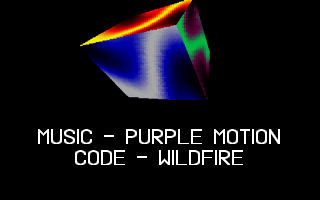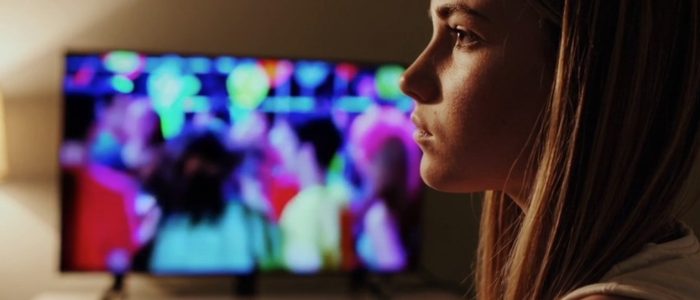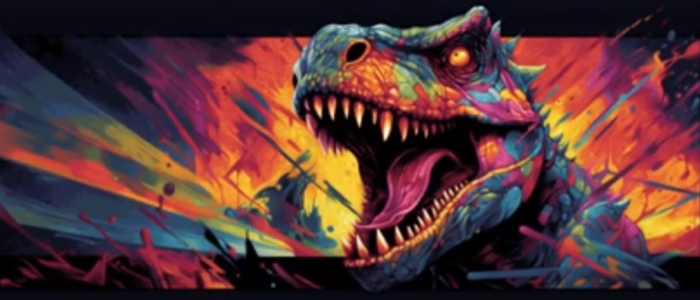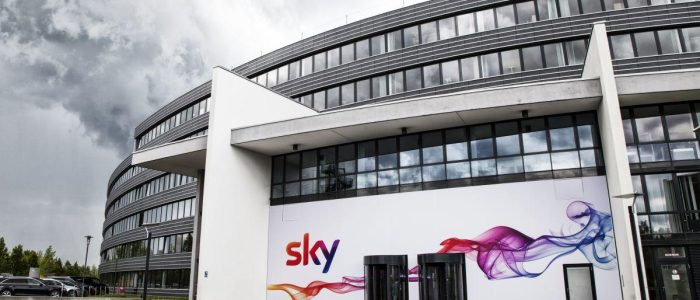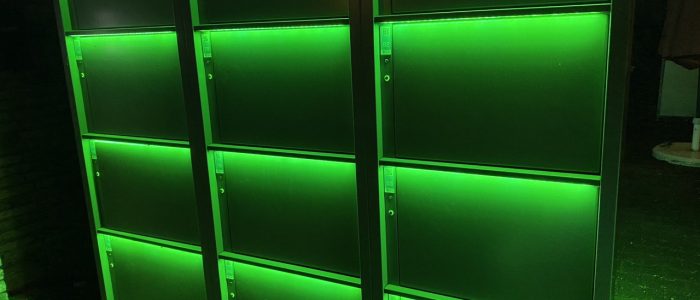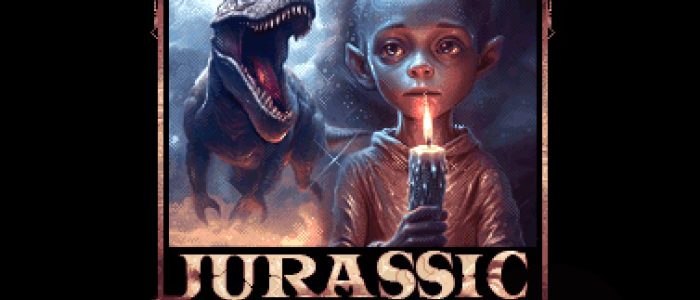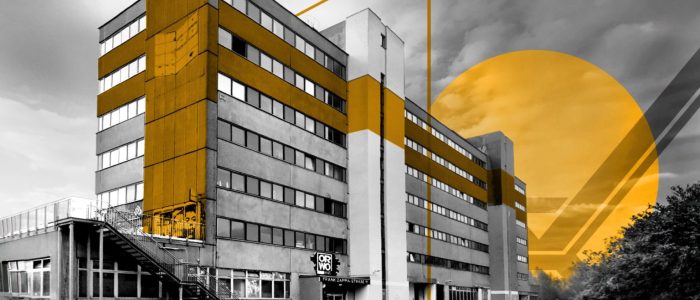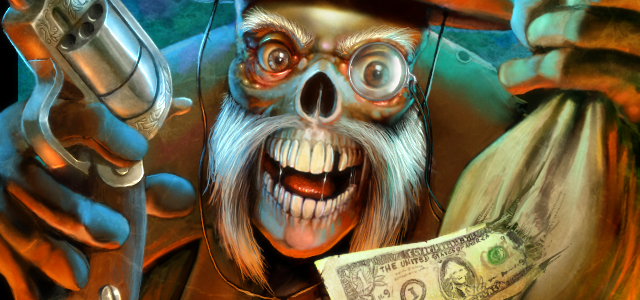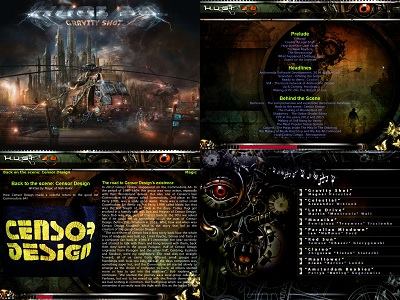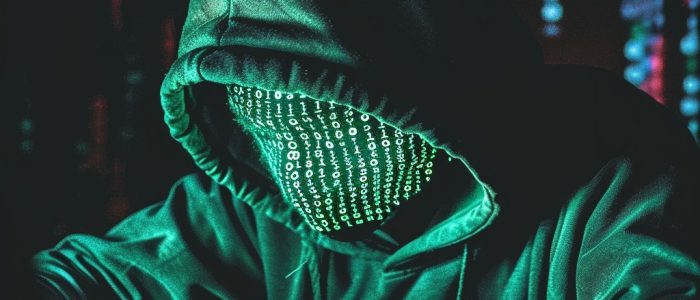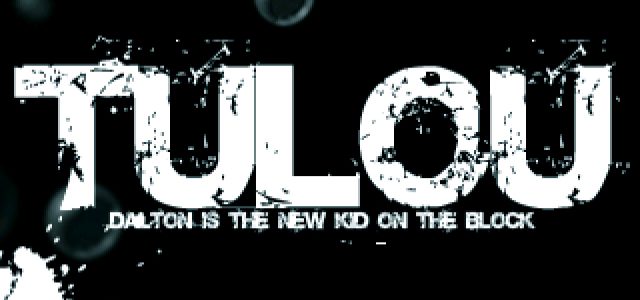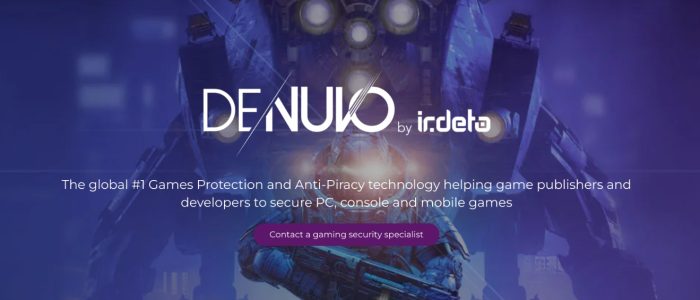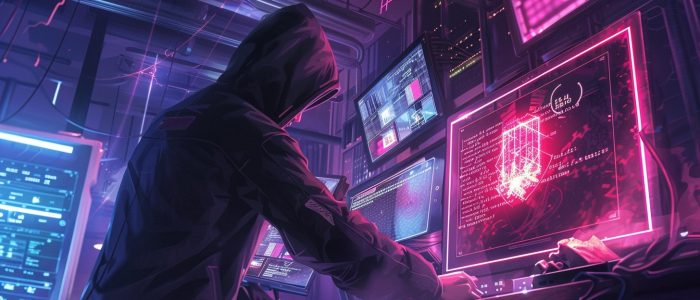We asked Peter Hajba aka Skaven from Futurecrew how the popular MS-DOS demo "Second Reality" was created 30 years ago.
Second Reality“ is not only one of the best MS-DOS demos ever. The game studio Remedy Entertainment was founded by people including some Future Crew members. They are well known for their series Max Payne. And also the benchmark tool 3DMark from the Futuremark corporation was heavily influenced by several people being previously active in the demo scene.
By the way: If you prefer to read the interview in the german language, you can read it here.
Assembly demo party on the 27th October 1993. This Autumn it will be 30 years ago that the demo „Second Reality“ was released by the finnish group Future Crew. With it, they raised the demo scene on MS-DOS to about the level that the Amiga had long been at.
Second Reality: One demo and 15 remixes or ports to other computers
But not only that. With countless conversions on other computers and remixes, this demo is still a topic that is taken up again and again. The best-known port is probably the one from Smash Designs to the C64.
When I was at „The Party“ in Denmark a quarter of a year later, about 30 members of Future Crew set up their PCs around me on their tables. But the production not only led to a huge increase in members, it animated numerous other creatives to publish nice intros and demos on this computer platform. Last, but not least people like the musician Skaven, who’s been interviewed here, did also influence the Scandinavian gaming industry.
Ghandy: Would you like for the start to tell us a bit about your person? Thanks!
Skaven: Hi everyone. I’m Skaven of the Future Crew, later my handle became Skaven252 where 252 in hexadecimal is FC, which stands for Future Crew. I was born in December of 1974. After the demoscene adventures and some animation studies in Dublin I joined Remedy Entertainment in 1997, where I worked until 2011. Currently I work as a Senior Sound Designer at Avalanche Studios, Stockholm, Sweden.
Ghandy: For a short explanation: Both are game development companies. There’s this funny video showing you guys for almost 10 minutes discussing and bug fixing behind closed curtains in a crowded room full of hardware. How it came you knew each others? And how did you come up with the idea to create this production?
Skaven: Back in the day in Finland, camcorders were still a bit rare. :)
Ghandy: And expensive, I guess. ;-)
Second Reality – „There were many ideas introduced, some of them shot down…“
Skaven: Sure! The work you saw in the video took place in Trug’s home in Pori, Finland, where he had a guest house set up for working on the demo. The group got together on an A knows B, B knows C kind of a basis. I initially got in contact with Psi (regarding Scream Tracker) and a bit later he invited me to join the Future Crew.
There were many ideas introduced, some of them shot down, during that get-together development session. Us being all together made it possible to work on it faster and try out ideas rapidly.
Ghandy: Some people complained that there are too many similarities to the Amiga demo „Desert Dream“ by Kefrens. Did you know that demo? How much did you orientate yourselves on it?
Skaven: The initial plan in any case was to go from a „megademo“ (where one tech demo follows another in a sequential fashion), to a more designed flow with transitions between the parts, and better sync with music. Yes, the team had seen Desert Dream and felt this was the way to go.
„We wanted to show that this kind of stuff is even possible on MS-DOS“
Ghandy: It is with no doubt a megademo. How long did it take to finish your work on „Second Reality“? And why did you choose this computer platform?
Skaven: My work (the music in the beginning and end) took those 4-5 days we spent developing the demo at Trug’s, but we also made some further tweaks and development on-site during the Assembly demoparty.
The end credits music sounds a bit intense for credits, and the reason is that originally it was meant for a spaceship battle scene they were planning – however this was ditched in favour of the city flight to Future Crew logo scene we saw in Second Reality.
PC was chosen mainly because of the ambition of the programmers (Psi, Trug, Wildfire) who wanted to show this kind of stuff is possible even on a PC.
Ghandy: Your group, Future Crew, started with one person on the C64 and went then on to MS-Dos. How came you were not active on one of those modern computers for creative people like Amiga or Atari back then?
„None of us got an Amiga or Atari ST“
Skaven: None of us got an Amiga or an Atari ST back then, for one reason or another – maybe that’s one thing that made us join together. To find and see what the PC can do.
Ghandy: „Second Reality“ started an era of new MS-DOS demos and groups after its release. With what sort of expectations did you drive to Assembly? In fact you’ve set a milestone and did influence the pc scene for a long time.
Skaven: The earlier Unreal demo already showed the promise of PCs being capable of demos – Second Reality was a further refinement of that idea. By the time Second Reality was out, quite a few PC demogroups were already active and making impressive PC demos.
Ghandy: Unreal was released at Assembly 1992 and was also a Future Crew production.
When I visited the The Party 3 (TP3) in Herning/Denmark, I saw around 20-30 members (or more of them) from Future Crew with their t-shirts. So, how many members did you have for real? Or did you successfully sell this t-shirt instead? ;-)
Skaven: I admit I do not know the details of this, but yes, we had a few different Future Crew T-shirts printed and I’m guessing some of them were distributed wider than just within the team.
„I didn’t know the C64 would even be capable of that.“
Ghandy: What do you think about the C64 (Smash Designs & TOM), Atari (by Checkpoint), smartwatch (Bedrock Bros.) ports of your demo? Did you guys hope they would come up in case you make your source code open source? Or what was the motivation to do so?
Skaven: I’m impressed by these ports, I didn’t know the C64 would even be capable of that. As for the open source code release, again I do not know the exact details but I figure back then it was just done to encourage people to join the demoscene.
Ghandy: I heard rumours some of the people behind this demo did later found the company Futuremark (3DMark), is that true? The company now calls UL Solutions.
Skaven: The game developer Remedy Entertainment was founded by people including Future Crew members (Markus „Henchman“ Mäki and Samuli „Gore“ Syvähuoko) and I and Aki „Marvel“ Raula joined to work. Futuremark corporation was initially founded as a subsidiary of Remedy to make benchmarking tech demos. There was certainly demoscene influence involved, but it was not just Future Crew but also Complex and Aggression. We had a whole bunch of sceners working at Remedy Entertainment at the time.
What are the jobs of the Future Crew members today?
Ghandy: What are the others doing nowadays? What’s their present job or company? Are they still interested into the demo scene?
Skaven: Trug went on and founded Bitboys OY, specializing in designing graphics hardware.
Psi is nowadays a freelance programmer mostly working on personal projects.
Gore founded Remedy, then Futuremark, then Fathammer (multi-platform mobile game engine). Gore is nowadays a serial investor-founder of mobile game developers.
Henchman is the Executive Chairman of Remedy Entertainment
Abyss co-founded and worked with Assembly Organizing, and has worked with Applifier and Unity, currently the CEO and co-founder of Noice.
Pixel worked on videography and visual arts / VFX / Composition. He is now a film director at Wild Gift Content.
Purple Motion continued his music studies and is now a full time composer and orchestrator.
Wildfire has worked on various projects as a Systems Architect.
Marvel joined Remedy as a graphics artist. He later moved on to work for Housemarque as a game designer / project lead and now works as an independent designer.
The demoscene spirit still lives on in all of us, but we have moved on in our paths through what life brings us. ^_^
Ghandy: Thank you very much for the detailed answers. Maybe we’ll see each other again at the next anniversary ;-)
You can read another interview with Skaven aka Peter Hajba here. It was part of the diskmag ZINE.
